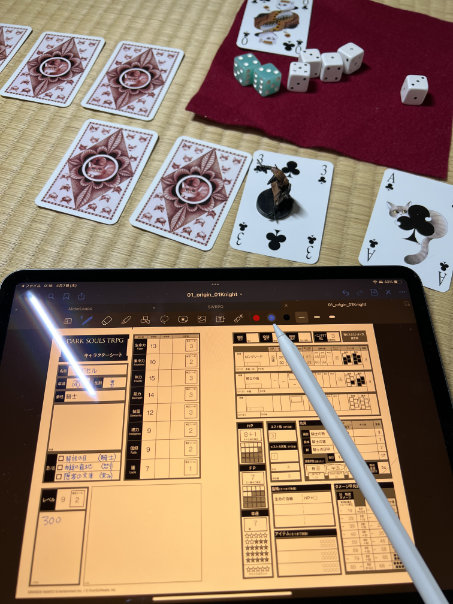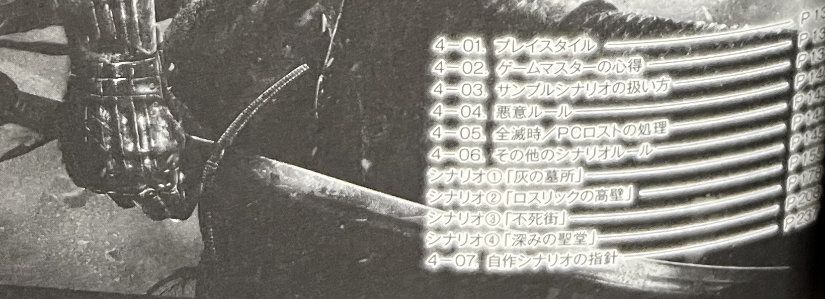I still remember the first time I was at Yellow Submarine and happened upon the original Wares Blade box set, its cover instantly piquing my curiosity. I later found it again at Mandarake and picked it up. With LionWing Publishing’s English translation in the works, I thought it’d be fun to take a look at the original box.
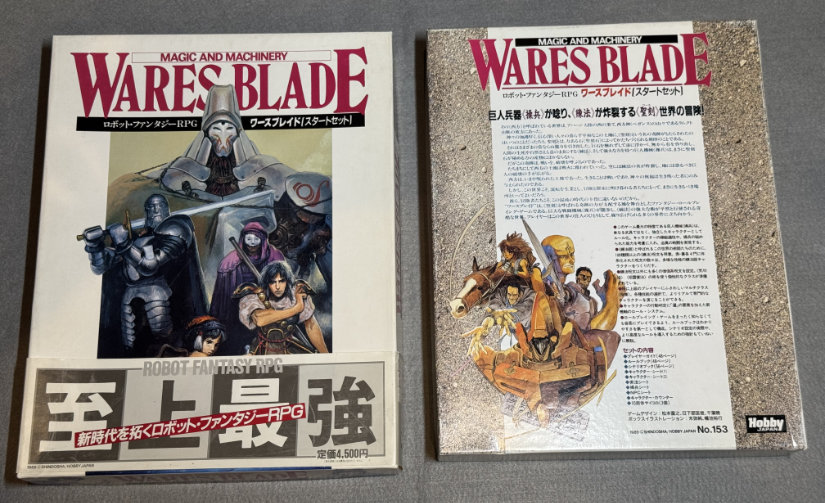
But first, just what is Wares Blade? In its own words, Wares Blade is a “magic and machinery”, a fantasy world with mecha. And while we’ll be looking at the TRPG today, it’s a world unto itself. There is a plethora of novels, and an active movement to make them available again. Back at the 2019 Tokyo Game Market I stopped by the Wares Project booth and heard a bit about their plans, including a board game “Legion”. Six years later, with out of print books being made available as PDFs and now an English translation, Wares Blade is very much alive!
Set on the continent of Ahan (アハーン大陸) with three cultural areas, the core set focuses on the Western area. Later supplements, of which there are many, look at other areas.
To be clear, the Kickstarter is for the revised edition that came out in 1994, while we’ll be taking a peek at the original 1989 version. I’ve only skimmed the sample English rules, but have referenced it a few times for consistency with speciality terms (eg 練法師 as Word-Caster). With that said, on to the box! Continue reading Eyes on Wares Blade – Magic and Machinery – Box Set


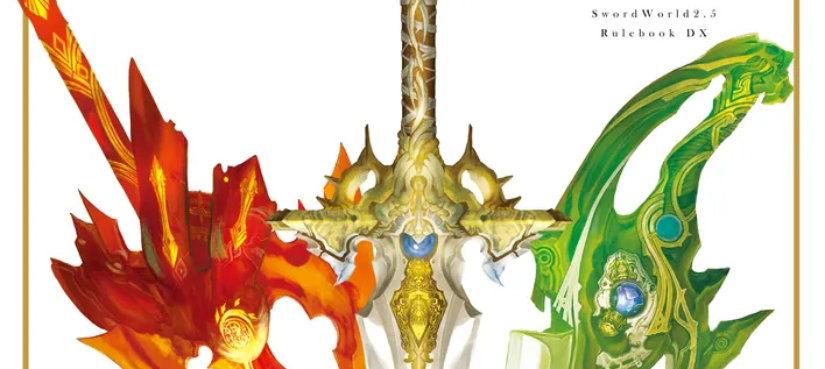

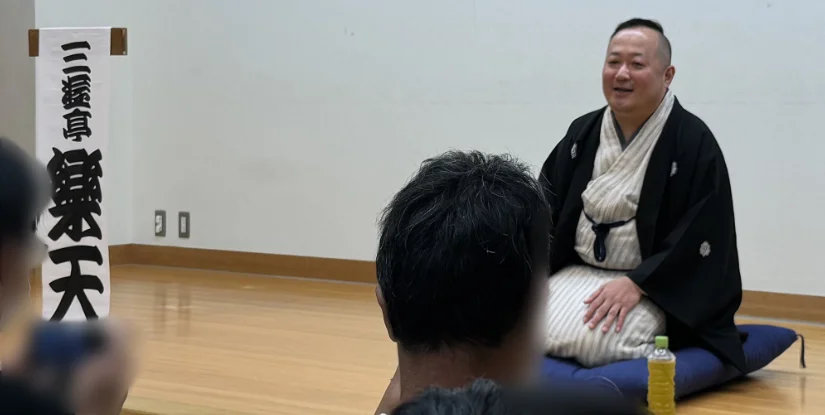
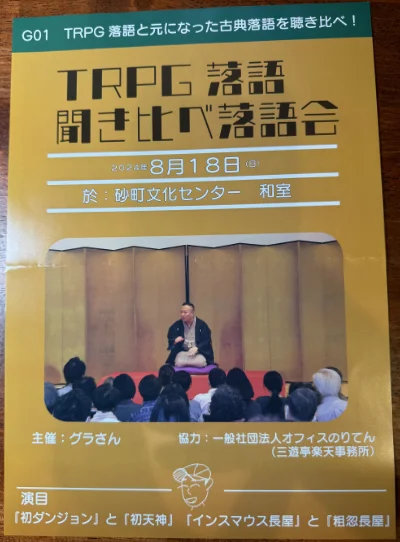

 I’ve been totally impressed with the Doujin TRPG Catalog 2023 (同人TRPGカタログ2023) edited by
I’ve been totally impressed with the Doujin TRPG Catalog 2023 (同人TRPGカタログ2023) edited by 
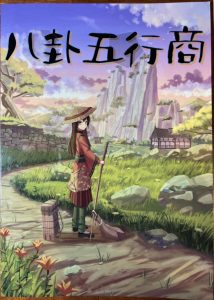 As a kid I adored the Torneko story arc and running a shop in Dragon Quest IV, so when I saw the indie TRPG Hakke Gogyou Shou (八卦五行商) and its beautiful cover, I was immediately intrigued. A slim fourteen black and white pages with a glossy cover, it’s a game of merchants peddling their wares in an ancient China inspired fantasy.
As a kid I adored the Torneko story arc and running a shop in Dragon Quest IV, so when I saw the indie TRPG Hakke Gogyou Shou (八卦五行商) and its beautiful cover, I was immediately intrigued. A slim fourteen black and white pages with a glossy cover, it’s a game of merchants peddling their wares in an ancient China inspired fantasy.
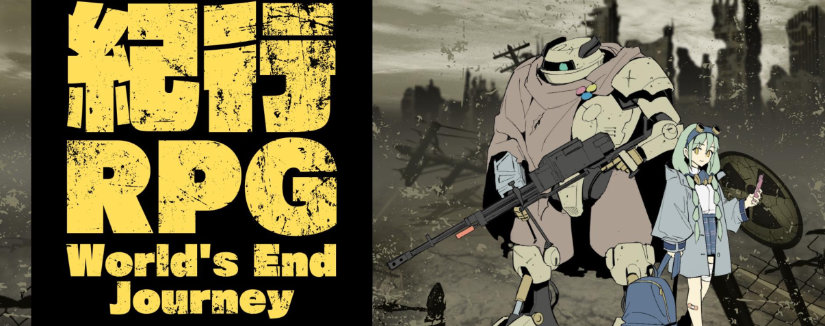
 Both the free 16-page and paid 40-page PDFs are A4 landscape with a three column layout. Primarily in black and white with a few images, the sample characters are illustrated in full color. The sections are clearly labeled and handy reference numbers are provided to make navigation even easier.
Both the free 16-page and paid 40-page PDFs are A4 landscape with a three column layout. Primarily in black and white with a few images, the sample characters are illustrated in full color. The sections are clearly labeled and handy reference numbers are provided to make navigation even easier.
